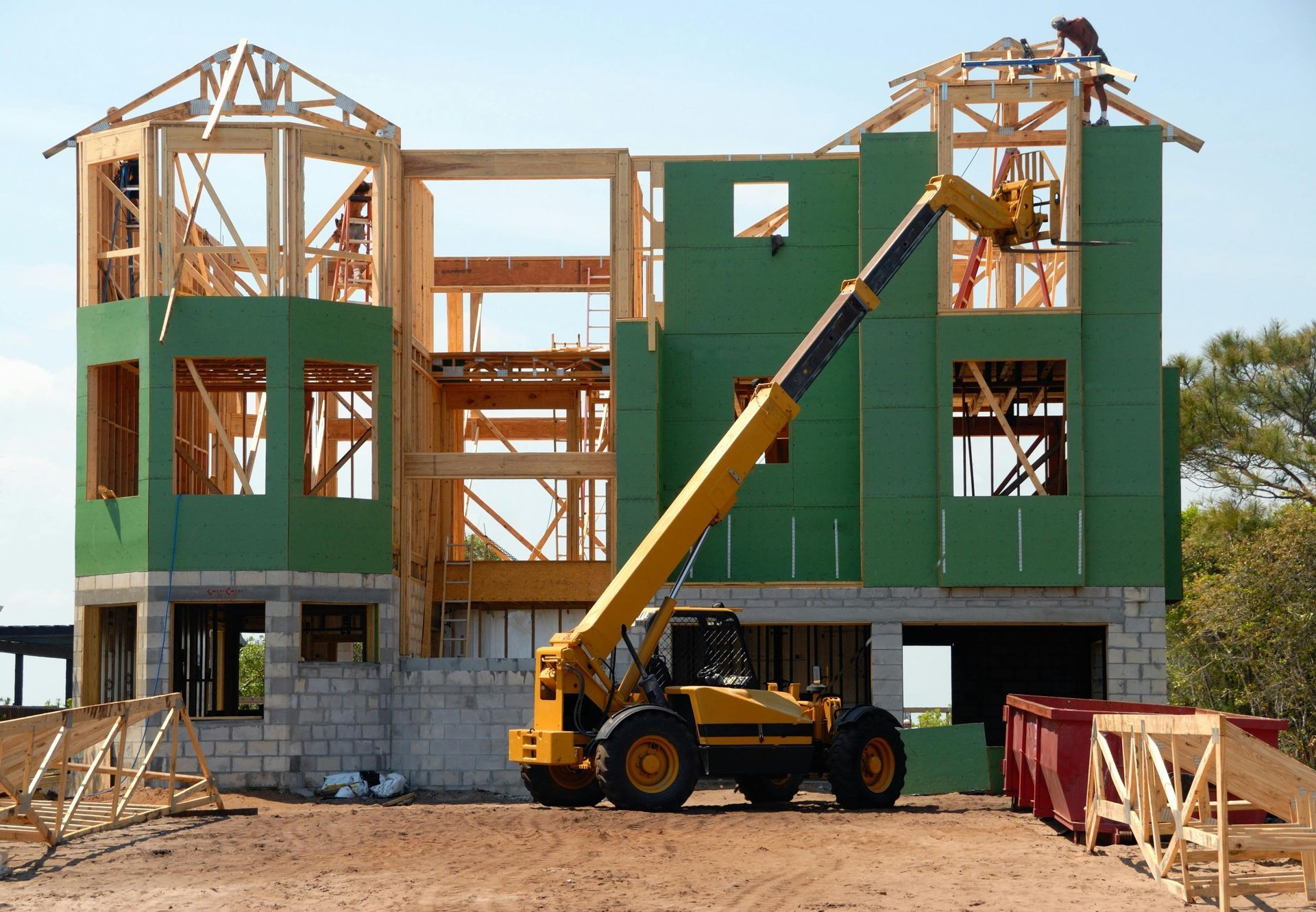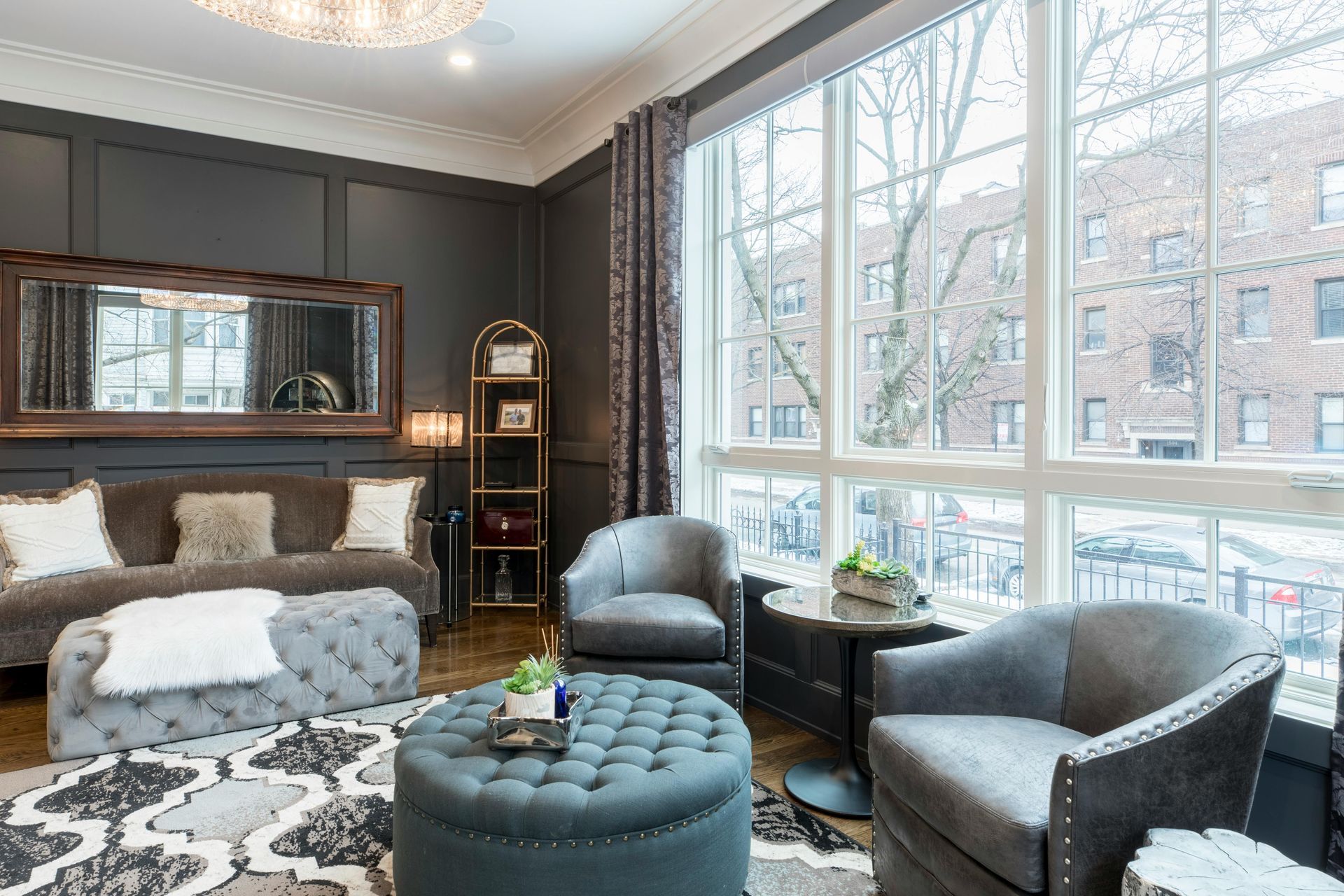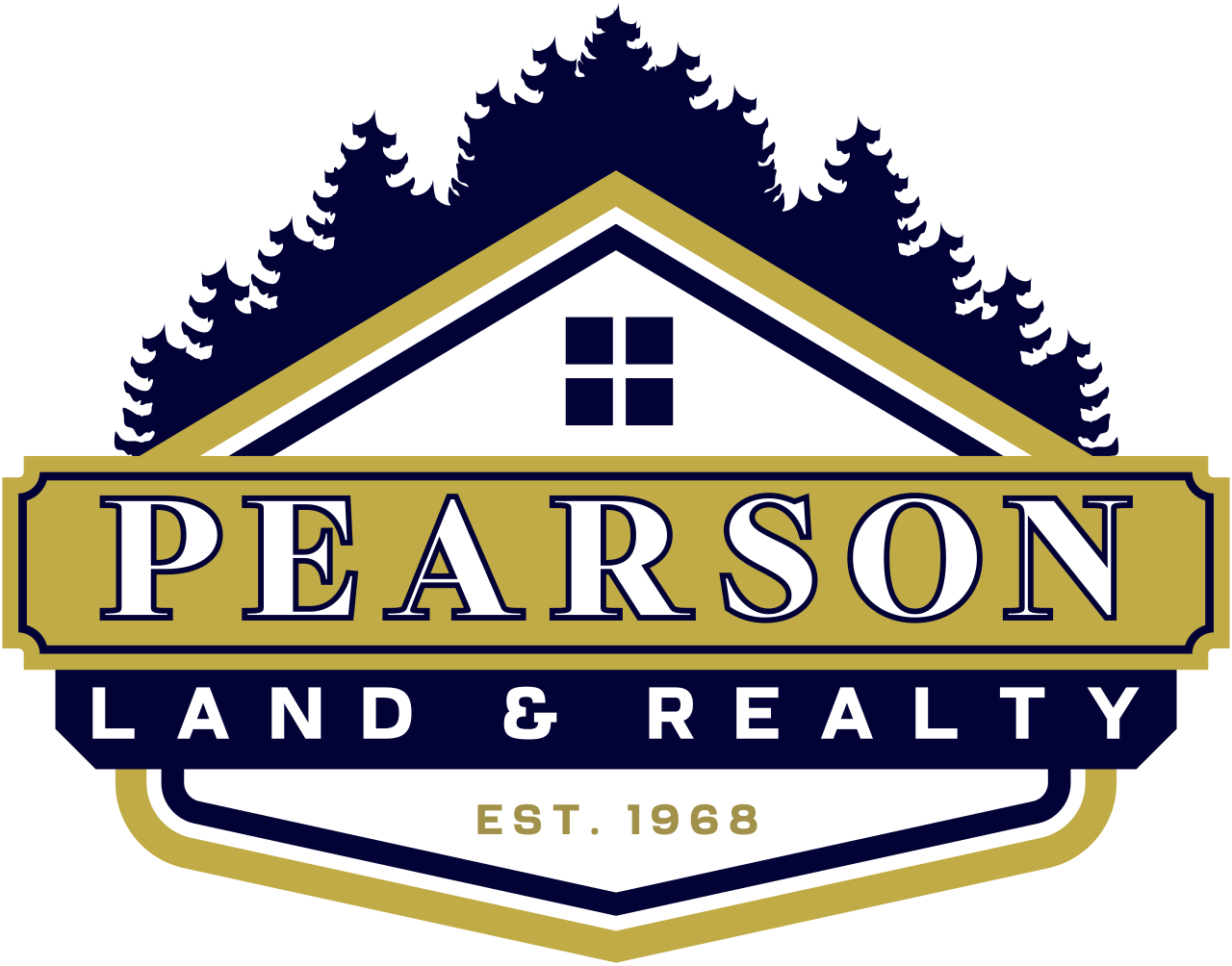Start Your Home Selling Journey with Confidence

Smart Pricing Strategies for Your Home
Market
Analyze Local Trends
Review recent sales and current listings in your neighborhood to understand market demand and price competitively.
Value
Assess
Consider your home's unique features and condition to determine its true value beyond just size and location.
Strategy
Choose Your Pricing Approach
Decide between pricing slightly below market to attract buyers quickly or at market value for maximum return.
Balance
Set a price that reflects market data and your selling goals to attract serious buyers without undervaluing your property.
Price
Maximize Online Exposure


Stage to Impress
Home staging is the process of preparing a house for sale by making it more appealing to the widest range of potential buyers. This can increase the home's value and lead to a faster sale. Here are the key steps involved in home staging:
1. Declutter and Depersonalize
This is often the most critical step. Buyers need to be able to imagine themselves living in the space, and personal items can get in the way.
- Remove Clutter: Clear out excess furniture, knick-knacks, and anything that makes a room feel crowded. A good rule of thumb is to remove about a third of your belongings.
- Depersonalize: Take down family photos, personal mementos, religious items, and anything that reflects your specific tastes. The goal is to create a neutral, welcoming environment.
- Organize Closets and Cabinets: Buyers will open closets and cabinets, so make sure they are neat and well-organized. This gives the impression of ample storage space.
2. Deep Clean and Repair
A spotless and well-maintained home signals to buyers that the property has been cared for.
- Deep Clean Everything: This includes carpets, floors, windows, baseboards, grout, light fixtures, and appliances. Don't forget often-overlooked areas like inside the oven and refrigerator.
- Make Minor Repairs: Fix leaky faucets, patch holes in walls, replace cracked tiles, and tighten loose doorknobs. These small fixes prevent buyers from seeing potential problems.
- Freshen Up Paint: A fresh coat of neutral-colored paint (like light gray or off-white) can make a huge difference. It brightens a space and makes it feel clean and updated.
3. Rearrange and Stage Furniture
Once the house is clean and decluttered, it’s time to arrange the furniture to highlight the best features of each room.
- Create a Focal Point: In each room, identify a natural focal point (e.g., a fireplace, a large window) and arrange furniture to draw attention to it.
- Create a Clear Flow: Make sure there's a clear path for people to walk through the room. Pulling furniture away from walls can make a room feel larger.
- Define Each Space: Ensure each room has a clear purpose. For example, make sure a dining room looks like a dining room, not a storage area.
4. Light and Brighten
Light is a major factor in how a home feels. A bright, airy home feels more welcoming and spacious.
- Open Curtains and Blinds: Maximize natural light by opening all window coverings.
- Add Lighting: Use lamps and overhead lighting to brighten up dark corners. Consider using higher-wattage bulbs.
- Use Mirrors: Strategically placed mirrors can reflect light and make a room feel larger.
5. Enhance Curb Appeal
First impressions are crucial, and the outside of your home is the first thing a buyer sees.
- Tidy the Yard: Mow the lawn, trim hedges, and pull weeds.
- Add Greenery: Place potted plants or flower beds near the entrance to add color and life.
- Clean the Exterior: Power-wash the siding, clean the windows, and sweep the porch and walkways.
- Update the Front Door: A freshly painted or new front door can make a big impact. Ensure the hardware is clean and in good condition.
6. Add Finishing Touches
These are the small details that can make a house feel like a home.
- Add Neutral Decor: Use a few tasteful, neutral accessories like throw pillows, art, and a vase of fresh flowers.
- Engage the Senses: Create a pleasant atmosphere with subtle, clean scents. Avoid overpowering smells. Play soft, calming music during showings.
- Set the Scene: Set a dining table, put out fresh towels in the bathroom, and make the beds neatly. This helps buyers visualize living there.
By following these steps, you can transform your house into a property that is not only attractive to a wider range of buyers but also highlights its best features, potentially leading to a quicker and more profitable sale.
Leverage Social Media

Host Open Houses


Thanks to Pearson, my home sold quickly and at a great price. Their guidance made the process smooth and stress-free.
Your Home Selling Questions Answered
Find clear answers to common concerns about selling your home. We’re here to guide you through every step with practical advice.
How do I determine the right price for my home?
Start by reviewing recent sales in your area and consider your home’s condition. Our experts can provide a detailed market analysis to help set a competitive price.What is the best time to sell my home?
Market conditions vary, but spring and early summer often attract more buyers. We’ll help you identify the optimal timing based on local trends.How can I effectively market my property?
Using professional photos, online listings, and open houses increases visibility. We tailor marketing strategies to highlight your home’s best features.What paperwork is involved in selling a home?
You’ll need to prepare disclosures, contracts, and negotiate offers. Our team guides you through each document to ensure a smooth process.


